I’m often asked about what I use as a design reference. And as the question has been coming up more and more often, I thought it’d be good to try and write up an answer.
This answer will be in multiple parts. In the first part, I listed a few NN Group articles that act a bit like “cheatsheets” for me, and that I recommend every UXer to bookmark.
This second part lists some books that I return to again and again and again.
All links are to Goodreads, because it has links to your local Amazon, Audible, Indigo.ca, AbeBooks, iBooks, KoBo, WorldCat, and more.
Design is storytelling – Ellen Lupton
A lovely book that smells good, and talks you through everything you need to know about designing experiences.
It’s not an in-depth book, but it is an excellent overview of concepts, themes, and activities involved in creating experiences.
Whether you’ve been designing for 2 months or 15 years, you will find something to inspire and delight you in these pages. Absolutely worth getting.
And it has 250 beautiful and handy illustrations and diagrams too. I really enjoyed reading it, and will very likely end up gifting it to friends who work in design.
📚 I’d strongly recommend the paper copy.
Find it on Goodreads: https://www.goodreads.com/book/show/34696391-design-is-storytelling
Interviewing users – Steve Portigal
If you want to learn how to talk to humans and get them to tell you about their experiences, this is the book you should read.
I went through it in about three days on a beach, and I’ve since referred back to it a few times whenever I’ve felt a bit anxious about a round of interviews.
I was a shy child. Being an introvert means I’m great at interviews, but focus groups are a near-death experience. This book helps me be awesome at interviews. And it can help you too.
📚 I enjoyed the paper copy, but expect it’s just as legible on kindle.
Find it on Goodreads: https://www.goodreads.com/book/show/17984551-interviewing-users
100 things designers need to know about people – Susan M. Weinschenk
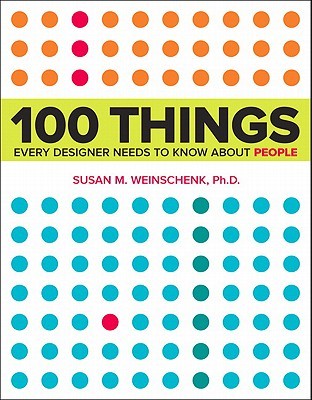
Part of gaining experience, is having spent many more years witnessing human behaviour in various situations and engagements, which teaches you what humans expect, how they react, and therefore how to design something that makes them flow. It’s great, but the downside is that you need to observe a lot of humans in a lot of situations for a very long time to build up that knowledge…
Unless you take a little shortcut, and read this book. It is a priceless compendium of human behaviour and expectations, that – as the title suggests – every designer needs to know.
📚I’d recommend the paper copy, so you can hop around, but the kindle version is ok to read as well. It does become harder to see the diagrams and illustrations though, so if you’re able and willing, get the paper edition.
Find it on Goodreads: https://www.goodreads.com/book/show/10778139-100-things-every-designer-needs-to-know-about-people
The Art of Thinking Clearly – Rolf Dobelli
The only book on this list I have read three times… and which comes with an app.
In short, this book exposes 100 human cognitive biases and flawed ways of thinking, borrowed from psychology, cognitive science and behavioural economics. It is a friendly and easy read, replete with examples, and cross-references.
The companion app is meant to help you check that you’re not falling into one of those cognitive traps in whatever situation you’re currently facing or thinking your way through.
A brilliant book that I couldn’t recommend strongly enough and which I have gifted to several friends who, like me, need to collaborate with and work around humans.
📚 I’d recommend reading it on kindle, but you’ll want the hardcover version for flicking through later.
Find it on Goodreads: https://www.goodreads.com/book/show/19046756-the-art-of-thinking-clearly
Gamestorming
Possibly my most-referred to book, bar none. (except the french dictionary I had in first grade…)
This is the holy bible for co-creation activities to run (games to play) in order to learn from people, get them to be creative, and invent the future.
It is really great, and my copy has dozens of post-its sticking out of it.
I’ve made hand-drawn cards for each activity that I’ve used from this book, any variants of them I’ve made, and other activities from other sources, and I use that deck to plan my workshops. Some day, I hope to find time and energy to turn it into a real card deck that I will have printed and sold online.
I also refer to the website a lot when I am looking for inspiration for workshop activities. http://gamestorming.com
📚 I would strongly recommend the paper copy. Mine is full of post-its and tabs. I personally also have the kindle edition so I can have it with me all the time.
Find it on Goodreads: https://www.goodreads.com/book/show/7641219-gamestorming
How to make sense of any mess – Abby Covert
I read this book in the kindle edition, on a sunny beach, so I have fond memories of it. I remember that it explains all sorts of methods for making sense of things, like card sorting, flowcharts, and others, and that it is simple, short, and well organised.
My only criticism would be that it is a bit short on the descriptions of how these things really work. For me, who had used all the methods by the time I was reading about them here, everything made sense, and I like the summarised version which I felt was well summarised. But thinking back, I wonder whether it has enough description to be immediately useful to a non-expert.
I think it will be a great “looks like this activity can help me, I now have a feel for how it works, I’ll look it up and find examples so I do it right” kind of entry point to the real work of sense-making.
📚 If you buy it, get the physical one, it is well organised and has some illustrations. You’re also very likely to want to put sticky tabs and jump around in it. Which is harder with a kindle version.
Find it on Goodreads: https://www.goodreads.com/book/show/23557020-how-to-make-sense-of-any-mess
Universal methods of design
The only book of the lot that feels like a reference book, this contains an index of design methods (e.g. contextual inquiry, business origami, …) that are of use at one or several phases of design.
It is organised alphabetically, and has references to the source research that brought about each method. It’s a great inspirational resource when planning a project, and a great jumping point if you want to go deeper into the methodology by reading said research papers.
It categorises, as I already said, each activity into the design phase(s) it will be useful in, and it also adds what type of activity this is, as shown below.

There is a miniature version of it, which is lacking the “which phase is this activity for” markup and the references, and just contains a summary of what each activity is like. It’s much easier to carry, and will fit onto any desk and into any locker very easily.
📚 I would strongly recommend the hardcover of the large format as a reference. The small book is cute, (I have both), but ultimately you’re likely to create a card deck of activities and artefacts to use when planning workshops, and leave them both at home, next to the Gamestorming book .
Find them on Goodreads:
Hardcover: https://www.goodreads.com/book/show/11698359-universal-methods-of-design
Pocket: https://www.goodreads.com/book/show/34220786-the-pocket-universal-methods-of-design
Invisible Women
The best design book of the 21st century, in my view. Even though it barely touches on digital design, this book is a revelation about what NOT to do when designing: i.e. forget to even collect data about half the population, or people who are not at 100% of youthful peak performance.
There are dozens of lessons about inclusive design in every chapter, and I would strongly recommend that you read it. It is revelatory, and you won’t look at data or design in the same way again!
For instance, did you know that being a woman means you’re 47% more likely to die in a car crash because the seat is no longer in the “designed” position… and the car is designed to save a crash test dummy… which has the size, shape and density of a grown male?
📚 I’d recommend reading it on kindle (it’s quite a big volume). But if you’re like me and enjoy academic references, and keeping physical copies of milestone books on your shelves, then do get the hardcover. It’s also very good as an audio book; it’s narrated by the author!
Find it on Goodreads: https://www.goodreads.com/book/show/40554112-invisible-women
Got any books to suggest to me? Add them in the comments below, or tweet me!

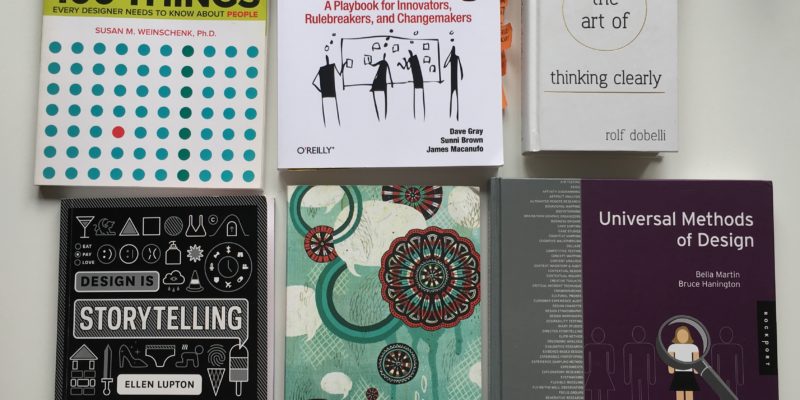

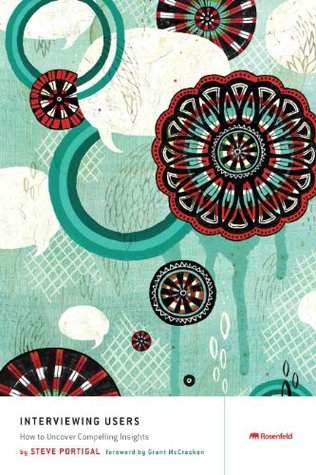
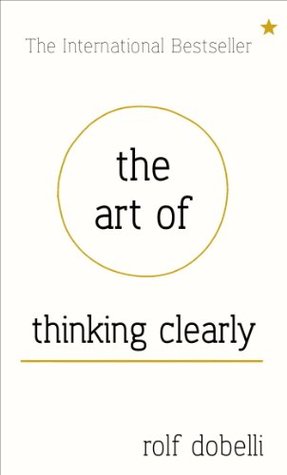
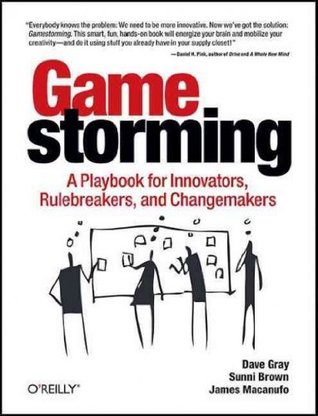


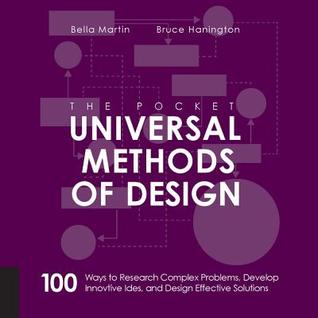
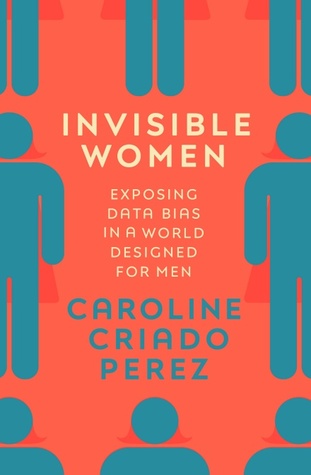
One thought on “8 UX “must reads” (the books)”